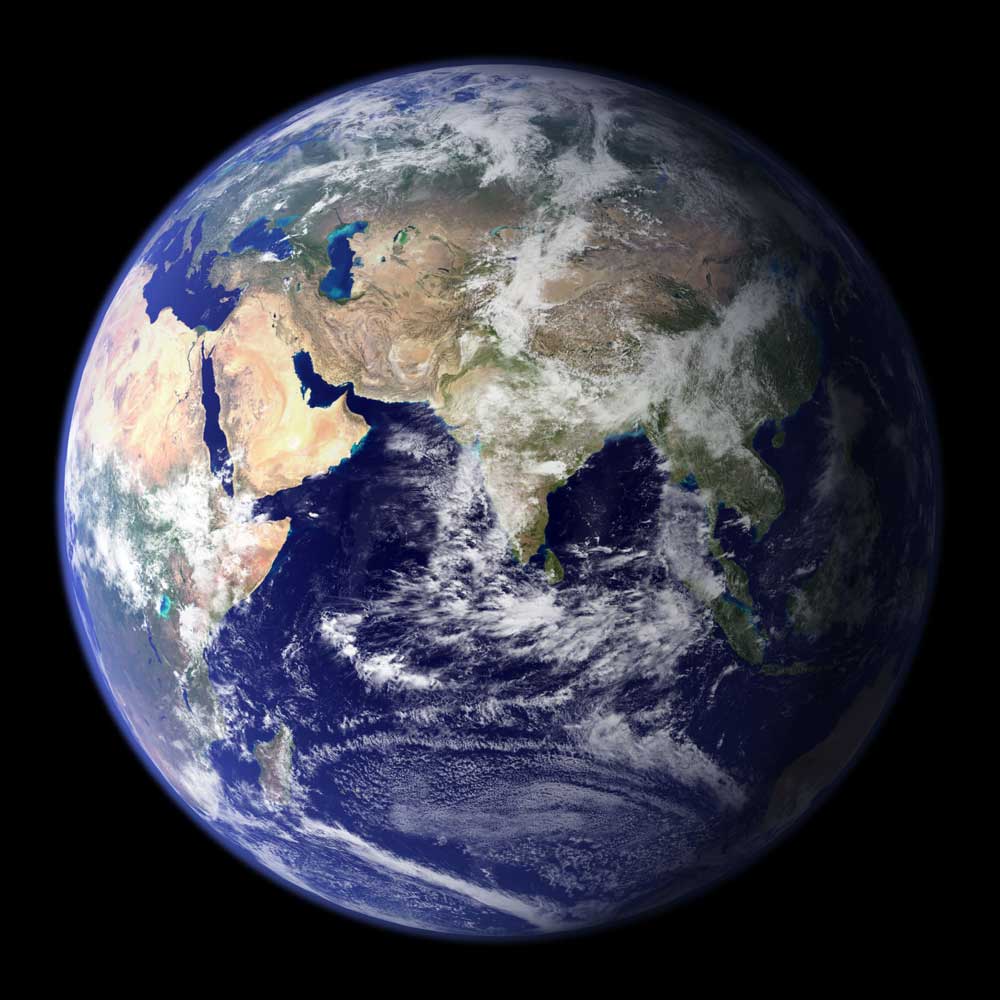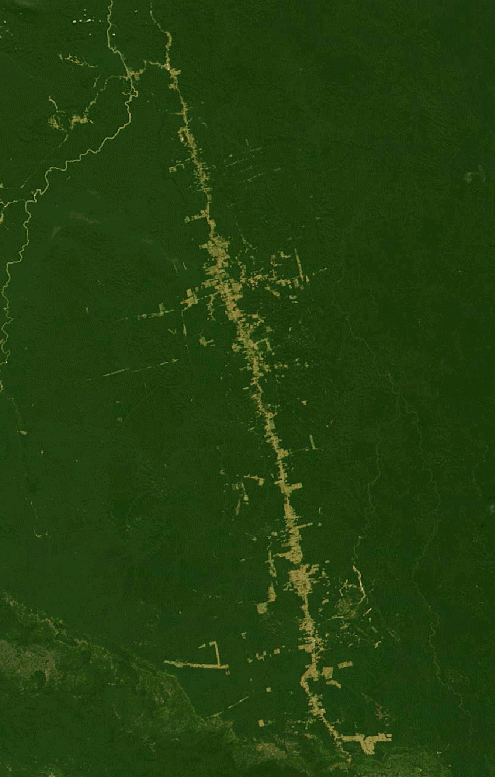By looking at the Earth not as a collection of distinct elements but as a living organism, the author suggests that we live in a way that benefits both people and Earth, rather than considering only what benefits us.
- by James Inabinet
Another lesson is that we need to get our house in order. As for the path forward, Wendell Berry puts it succinctly:
“We have lived our lives by the assumption that what was good for us would be good for the world. We have been wrong. We must change our lives so that it will be possible to live by the contrary assumption, that what is good for the world will be good for us. And that requires that we make the effort to know the world and learn what is food for it.” What do we know about the world? It’s beginning to become apparent to scientists (mystics have always known this) is that the earth appears to act as a whole, more like an organism than a thing, not so much a random collection of parts as integrated organs that function collectively. The cycling of air, water, and the building blocks of life are more descriptive of living beings than inanimate things. An organism can afford to “lose” the function of some of its parts and still act as a whole, like the loss of an arm or a spleen, but not other, more vital parts, like a heart or a liver. Earth Day reminded us that humans are rapidly removing parts of the “earth organism.” So far, we’ve largely gotten away with it, but is the scale of deforestation and development reaching a critical point, like a lung, a heart, or a liver? Thinking again of the pictures of Earth in space, what else do we know about the world? What is her apparent function in the universe? Perhaps it’s that Earth creates, out of herself, manifold manifestations of living beauty. She fills every nook and cranny with life, of all kinds, in every place. From microscopic bacteria to blue whales, from the top of the Himalayas to the bottom of the ocean, and everything in-between. So what’s good for the Earth? To do whatever we can to foster life, in every nook and cranny, of all kinds, in every place. Can humans live in such a way? Until quite recently, most humans did. Can modern humans live in such a way? I think so. All the technology we need to make the Earth (and ourselves) flourish is already out there. What’s lacking is the will to put it all in place. About 20 years ago, I sought a way to respond to the “ecology” problem in a way not predicated by fear, by seeking universal flourishing. To flourish means to prosper, to thrive. That is what lures me, excites me. In light of Wendell Berry’s admonition, we have to find out what is good for the world so it can also thrive. We can begin by becoming sustaining partners with a piece of land, the home piece of land, and seek what’s good for me and that place. How to proceed? By coming to know a place by investigating it, first, by using our peculiarly human gift of rational thinking, to see how a piece of land works, how it changes over a year, over a day, observing how the water runs off and how the plants grow, what kinds of plants are there and why, etc. This kind of thinking provides factual information about the place. Becoming a sustaining partner demands more. The philosopher Heinrich Zimmer said, “the best truths cannot be spoken.” These “best truths” are what is required to become sustaining partners with the land. The path to those truths is metaphoric thinking. Through metaphoric thinking, a human can access meaning. Meaning provides inspiration and energy for the work. Metaphoric thinking also provides clues as to whether or not we “should.” Rational thinking rarely provides these. Through metaphoric thinking, our investigations go deeper, until one encounters the energetic patterns that give the land its characteristic “feeling tone.” Everyone has felt this; it’s the vibe of a place. Through such a connection, a soul-to-soul relationship with the land arises. The feeling tone found there helps a person determine what the ecosystem needs to remain whole. Within this soul-felt intimacy, a human being can come to know how she can bring her gift to a place as an intimate partner, not unlike a squirrel partners with the ecosystem and offers her squirrel gifts. What can a human being bring to the land as a partner to an ecosystem? With rational thinking, she imagines how and makes plans. With metaphoric thinking she imagines “why” as she tests those plans for “should we,” while also tapping into the energy to implement them. In this way a person initiates an individualized and personal response to the ecological crisis as a sustaining partner, a functional part of an ecosystem, on a pathway to universal thriving. Comments are closed.
|
Categories
All
Archives
July 2024
|
Shoofly Magazine Partners
Our Shoofly Partners are local businesses and organizations who share our mission to enrich community life in Bay St. Louis, Waveland, Diamondhead and Pass Christian. These are limited in number to maximize visibility. Email us now to become a Shoofly Partner!






































 RSS Feed
RSS Feed























